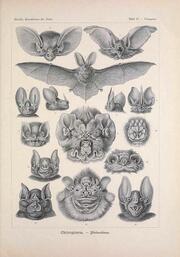|
Botswana without a 4x4? It’s possible in a sedan. Swim in the Okavango Delta, meet meerkats, sleep under the stars on the Makgadikgadi Pans and greet some of Botswana’s 150000 elephants on this week-long adventure Trust the dust said Planet Baobab guide, SK (otherwise known as Karabo Koontse). ‘Donkeys are Africa’s Ferraris,’ he continued as we bumped past a pair of them along the sandy track that led from Gweta to the Makgadikgadi Pans. The dust, finer than ground cinnamon and as white as ash, billowed up in our wake as we neared our destination for the night – Ntwetwe Pan. There’s an old debate about whether inherited traits or one’s life experiences play the greater role in shaping personality – nature versus nurture. I lived in Botswana’s capital for two years as a toddler and I’m convinced that during that time some Gaborone dust crept into my bloodstream. With eight hours to kill on the first leg of my road trip from Joburg to Nata, I had plenty of time to think about those formative years in Gabs. Twenty-five years later, I was back in Botswana to explore my neighbouring country with nothing but a sedan separating me from the road – solo in a Suzuki. Of course, a sedan couldn’t tackle the 4x4 track into Botswana’s dry white centre, but it was an easy drive to Nata Bird Sanctuary, my first stop. A leading birding destination, this community sanctuary hosts a flamboyance of lesser flamingos after good rains. In fact, the rains were so good this year that they flooded Nata and sections of the road all the way to Maun, which is why the track was so horrendously potholed. I was beyond pleased that I could explore some of the pans without a 4x4, and to gain a greater understanding of the water networks, fauna, flora and plentiful minerals, I enlisted the help of guide Pako Mphinyane from Nata Lodge. He drove me out to rougher areas of the sanctuary (which I couldn’t reach in the Suzuki), identifying birds and animals as we drove. ‘The plains zebra is the national animal of Botswana. Why? It’s black and white reflecting our history of independence, how Sir Seretse Khama, a black man, married Ruth Williams, a white woman, signifying that all people are welcome in Botswana.’ At sunset, I walked along the water’s edge, gazed out across Botswana’s infinite ‘sea’ and felt tugged to further explore the vastness of this wide place. Nata is perched on the very tip of the huge network of salt plains that makes up the greater Makgadikgadi Pans and I wanted more. Sadly, my Suzuki wasn’t built for an off-road trip to the centre of these flat plains, but Planet Baobab field guide, SK, and a different kind of ‘African Ferrari’ – the quad bike – made it possible. I covered my eyes with sunglasses, mouth and nose with a scarf, opened the throttle and literally drove into the sunset to spend a night in the middle of nowhere. Huddling beside a fire after supper cooked over the coals out on the Ntwetwe Pan, I looked up at a rounded dome of diamonds. Botswana’s riches lie not in the ground but above, I thought. With the whole night sky visible, this starscape was all the proof a human needed to confirm that the world is, in fact, a sphere. From this enormous thirstland, I drove to another equally enormous but much wetter stretch of land – the Okavango Delta. Both geographical features are so big they can be identified from the moon. The tarred A3 road to Maun disintegrated just after the entrance gate to Nxai Pan National Park and I had to drive slowly around the potholes with my low-profile tyres. ‘It’s a complimentary Botswana massage’, said Gerald Swynnerton of Delta Rain African Safaris, when I griped about the road on arrival at Sitatunga Camp, just outside Maun. After a couple of local St Louis beers and a comfortable night there, it was time to get to my next overnight adventure: a mokoro trip into the delta. The Boro boat station reminded me of a border post – organised chaos. Here, Gerald and I met mokoro poler Ricco Gaositwe. Ricco works within the Okavango Kopano Mokoro Community Trust, a tourism project that uses local guides and polers to take tourists on a wild-camping experience in the Okavango Delta. Gerald’s company facilitates these trips and provides camping kit and excellent meals, so all I had to do was sit back and enjoy the ride. We glided past honey-centred water lilies, while almost-transparent, yet bright-blue, dragonflies swished past lime-green reeds with delicate painted reed frogs clinging to their stalks. I prickled with mild panic when I heard the harrumphing of hippos announcing their presence nearby. A great thing about boating without a noisy engine is you can hear the rhythmic lap of water against the mokoro hull. Even better, was listening to the crunch of an elephant at close quarters as it ripped up rich grass on one of the delta’s islands. After an hour of this bliss, we reached our island camp for the night. Mompati Partner was the lead boatman of the group and had been poling for over 30 years. ‘We learn how to boat when we are children,’ he said. I asked him how long it would take to teach me. ‘Two days if you’re good. It’s just about balance, like riding a bicycle,’ he added. To beat the heat, Mompati found us a safe swimming spot in one of the shallower channels and, once refreshed, we regrouped for a late-afternoon bush walk across the island. It’s thought that the Okavango Delta, declared the world’s 1000th Unesco Heritage Site in 2014, has more than 150000 islands. Some are a few metres wide, with larger islands reaching 10 kilometres long. On our bushwalk, we discovered the island was abundant with life. Mompati told us about the towering lala palms that loomed above us, and pointed out palm-nuts in elephant dung (which need to be digested by these mammals in order to seed). We also found termite mounds bigger than 4x4s and bumped into an elephant too. ‘Let’s keep walking’, Mompati said, as I stopped briefly to try to snap a photo of it. We also saw a herd of zebras, two giraffes, some leaping lechwes and lion scat. That night, I fell soundly asleep to the song of painted reed frogs and the whoops of a spotted hyena. Trying to eke out as much Botswana goodness as I could, I opted for a trip into the Makgadikgadi National Park on my last afternoon. I was staying at Boteti River Camp, almost directly opposite the distant point on the Makgadigadi Pans where I’d started my Botswana adventure. We crossed the river into the park on a game drive and were immediately rewarded with a spectacle. I’m not exaggerating when I say there were about a thousand plains zebras milling around the riverbank. Named the longest land-mammal migration by National Geographic in 2014, it centres around the mysterious Boteti River, which was dry for almost 20 years until it flowed again in 2008. The cry of a fish eagle echoed along the banks of the river and I was reminded of the first night of my trip when I stood with Pako from Nata Lodge watching the sunset. ‘Now we are left with God’s colours,’ he had murmured. I wouldn’t describe myself as particularly spiritual, but experiencing such a tender pink in the sky made me feel gooey inside and surprisingly emotional. There was something about its infinite softness that I could barely tell where the world ended and the sky began. It was enough to make anyone believe in anything – yourself, love, life after death, you name it. If I’d learnt one thing after cruising this beautiful country, it’s that when nurtured, nature unequivocally wins. Plan your 4x4-free trip to BotswanaDay 1: Joburg to Nata DISTANCE 880km ALLOW 11 hours Leave early. There’s a long drive ahead but it’s possible to get to Nata in a day. Head up the N1 north towards Polokwane and after two hours take the off-ramp to Modimolle. Keep straight on the R33 to Vaalwater. Stop for breakfast at Seringa Cafe, then carry on to Lephalale. From here, take the R572 and enter Botswana via Martin’s Drift border post. Take a right onto the B151 past Lerala and then turn left towards Tamasane to join the A1 road to Francistown. From here, take the A3 north and drive the remaining two hours to Nata Lodge. Aim to arrive by 4pm so you can join the game drive into Nata Bird Sanctuary for sunset. Day 2: Nata to Gweta DISTANCE 115 km ALLOW 2 hours This is a short day so you can wake up late and enjoy a morning at Nata Lodge. There’s an Engen nearby at Nata village to refuel, then turn left on the A3 towards Maun. Get to Planet Baobab, about 7km from Gweta, in time for lunch. The overnight quad-bike trip to the salt pan leaves at 2pm and ends the next day at 9am. It includes a meerkat walk, either that afternoon or early the next morning. Day 3, 4 & 5: Gweta to Maun DISTANCE 220km ALLOW 4 hours When you return to Planet Baobab, shower at the campsite ablutions and then buckle up for the 220km stretch to Maun. The road is severely potholed between the Nxai Pan National Park gate and the vet fence. Old Bridge Backpackers serves an affordable lunch, then head south on the A3 for the last half-hour drive to Sitatunga Camp. The next morning you’ll be transferred to the Boro boat station for the overnight mokoro trip with Delta Rain African Safaris. Day 6 & 7: Maun to Khumaga to Joburg DISTANCE 152km and 991km ALLOW 21⁄2 hours and 11 hours From Maun, take the A3 road back towards Nata. There’s a short potholed stretch to contend with before turning right onto the B300 through Motopi and on to Khumaga to stay at Boteti River Camp. It’s a long haul back to Gauteng from here, but you can break the journey with a stay near Martin’s Drift border post. Kwa Nokeng Lodge comes highly recommended. This story first appeared in Getaway Magazine.
3 Comments
Deon
27/6/2020 03:40:07 pm
Interested to travel wit family. 2 kids ages 9 and 11
Reply
Kelly
26/4/2021 06:23:02 pm
Hi there
Reply
Heartfelt gratitude for curating a digital anthology of adventure. Your travel blog is a collection of stories, each post a unique chapter in the book of exploration. Thanks for creating a literary haven for wanderlust, where every piece is a testament to the diversity and wonder our world holds.
Reply
Leave a Reply. |




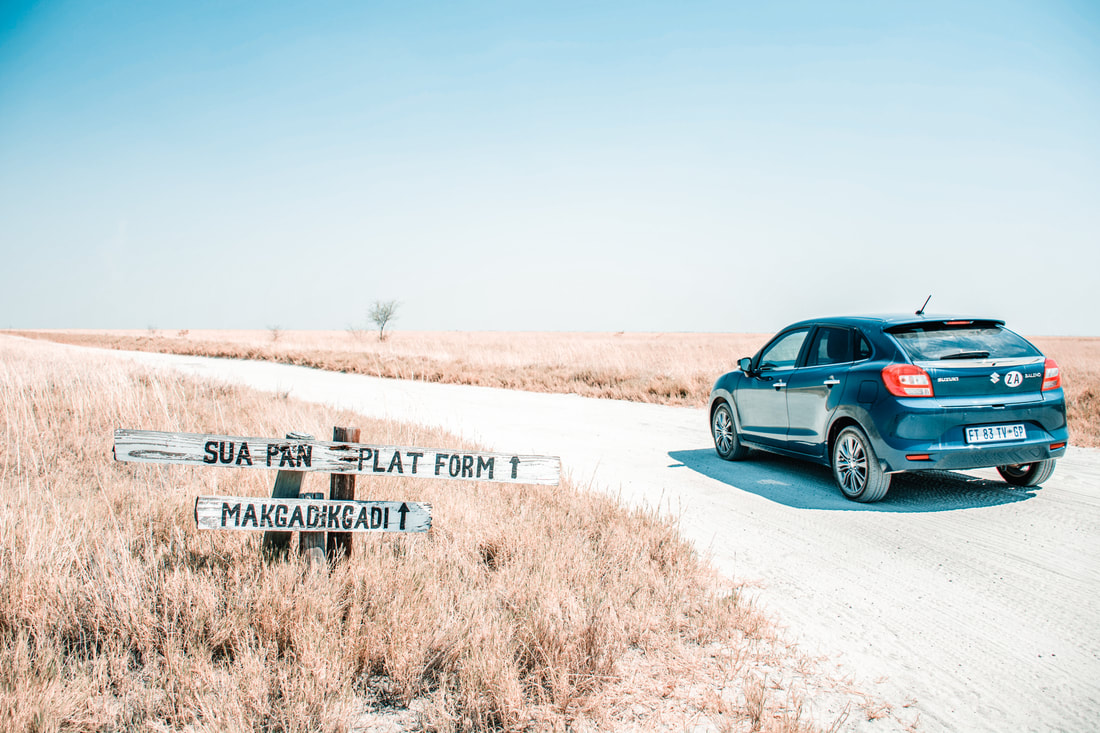
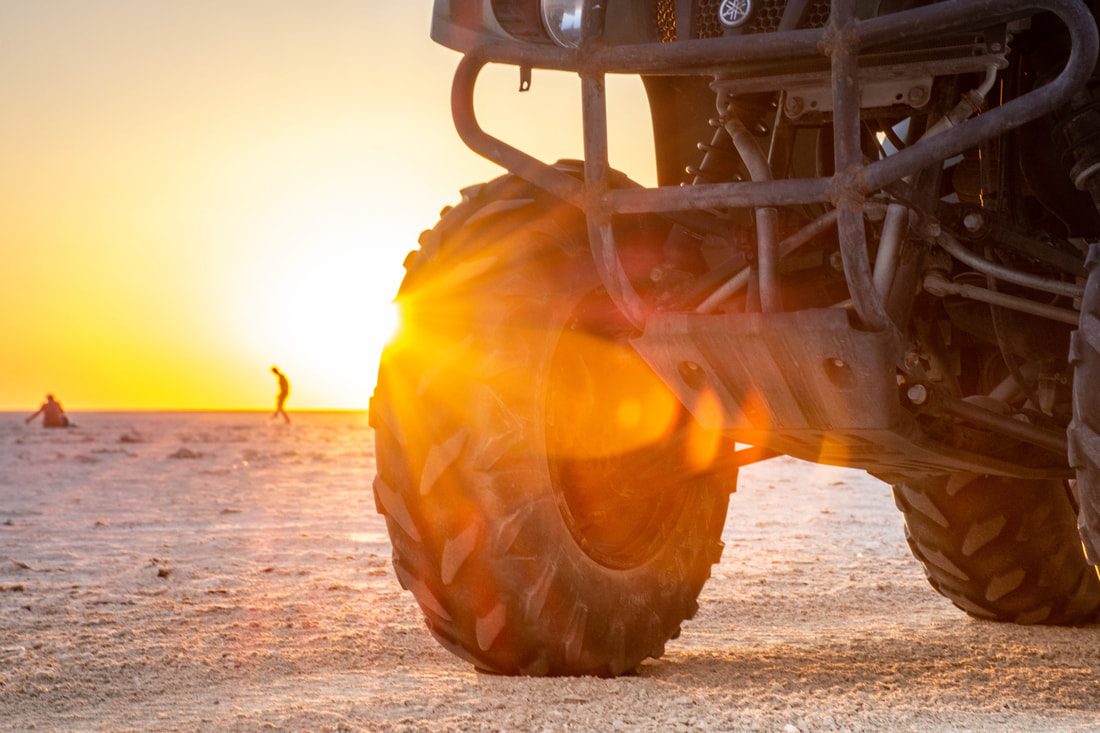









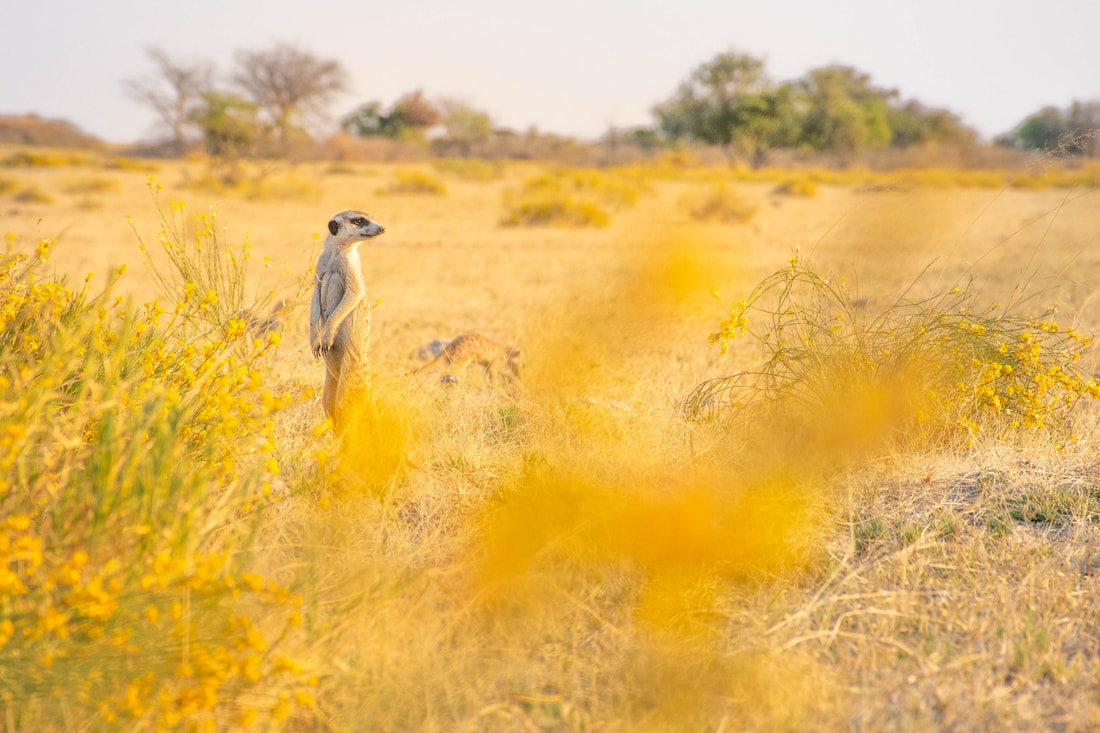



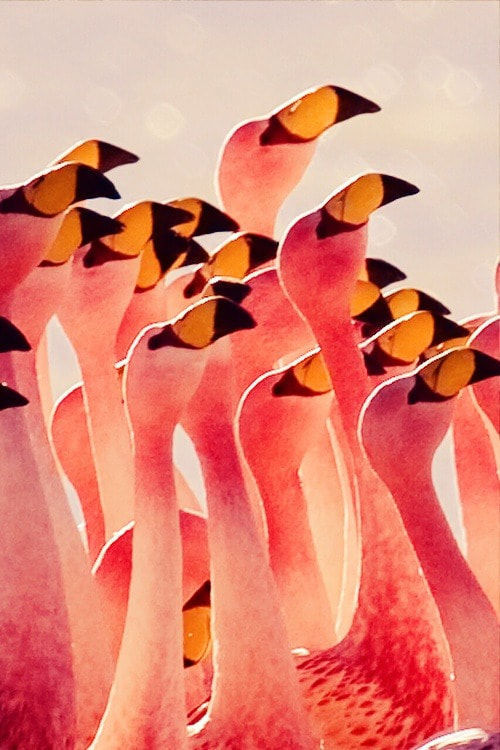
 RSS Feed
RSS Feed
